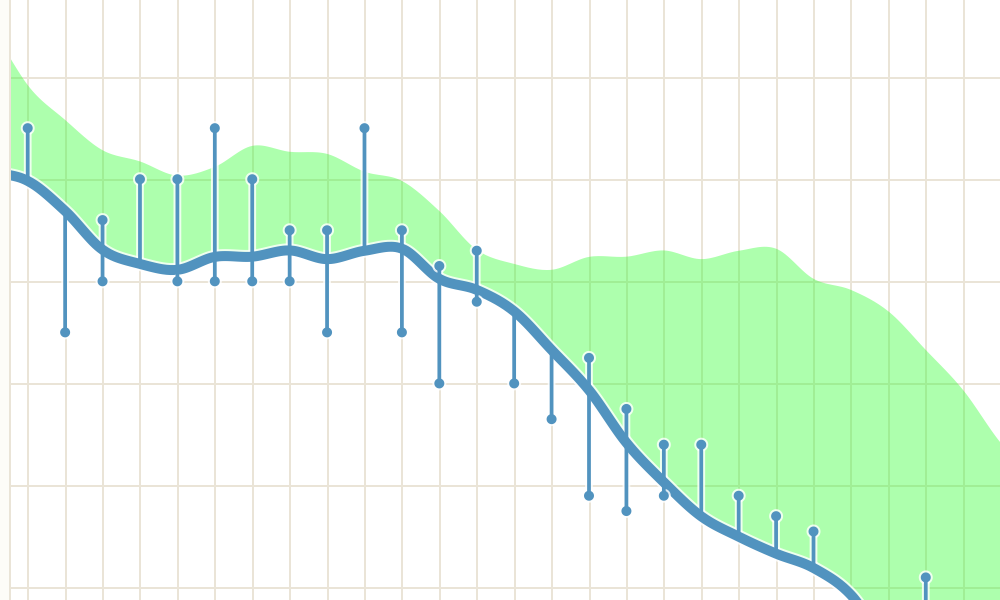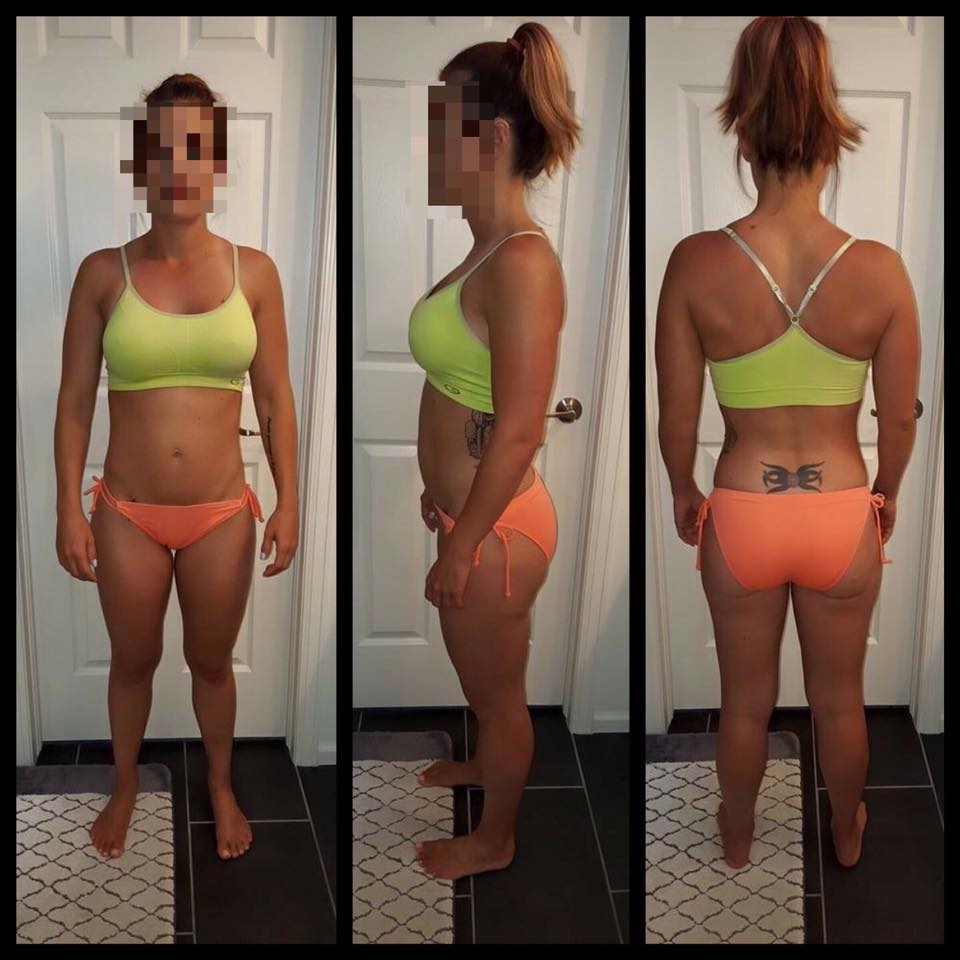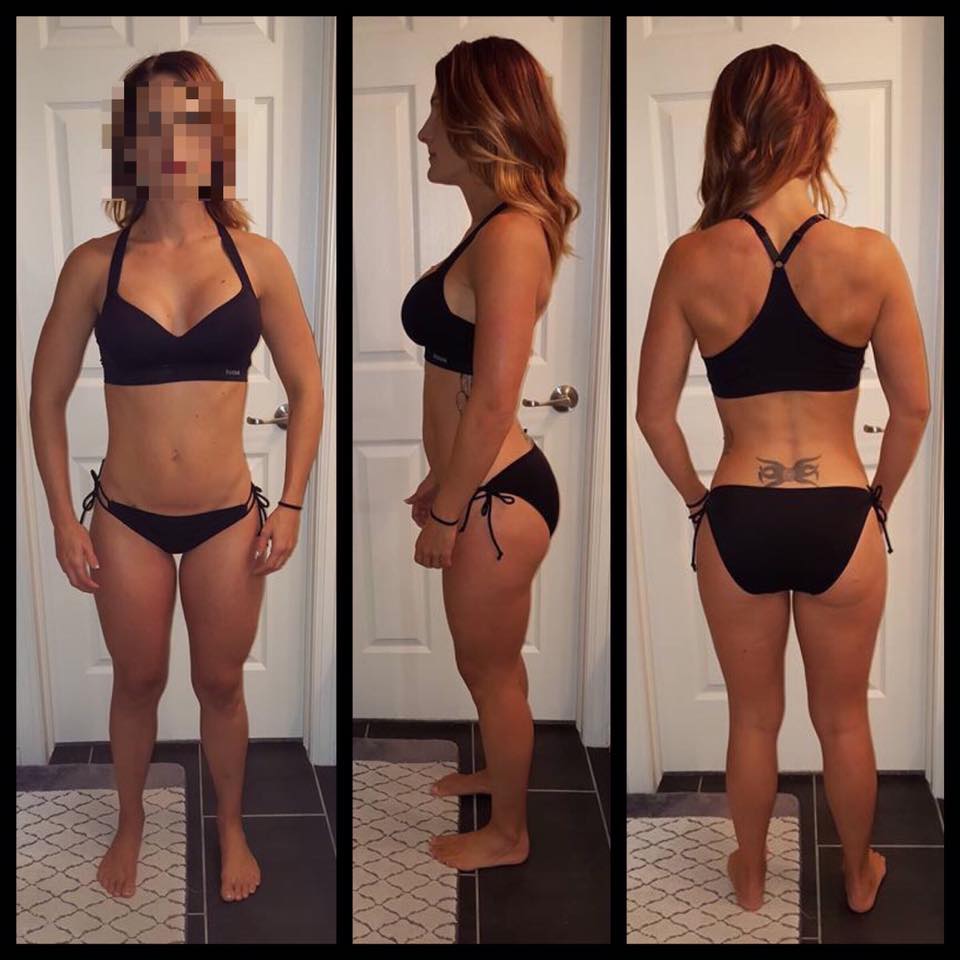BEFORE WE BEGIN, LET'S CLEAR UP A MISCONCEPTION. Assessing clients online without being physically present is absolutely possible, most of the time.
The only case where proper assessment protocols (and training in general) is near-impossible to do online is in a rehabilitative environment. While there are some trainers who do this, I don’t recommend it. There are simply too many nuances, day-to-day changes, and consistent testing required.
High-performance athletes are another tricky bunch when it comes to online training. Again, there are exceptions to the rule. Alex Viada of Complete Human Performance, for example, uses online methods to train high-performing clients to win. When he told me about his team’s assessment protocols he blew my mind. So it’s possible, just really, really difficult.
For everybody else, here’s what you need to consider:
The above video is a chapter lesson from the Online Trainer Academy
Note: What follows is a thorough analysis of the mindset, tools, and systems to assess and measuring online clientele.
This article is a slightly revised excerpt from the textbook, Fundamentals of Online Training that accompanies the Online Trainer Academy.
The primary purpose of any online training assessment is to establish a starting point.
(It’s also to identify any movement limitations or injuries, too, in which case you may refer the client to a local trainer or rehab facility.)
The validity of the actual number you get is not all that important (i.e. if the body fat % that results from a test is actually your client’s body fat). The test-to-test reliability of the data is what matters. With your assessments, aim to establish a baseline against which you can measure progress.
From there, you need to provide the client with assessments that they can perform and report at consistent intervals, with reliable results.
Chances are not good that your client will be able to take a test that will give them actual, valid numbers. Take fat loss, for example. Unless your client has access to a bod pod, underwater weighing, or DEXA machine, the number that they get as a result of any kind of bioelectrical impedance machine, calculation based off of tape measure, or similar method won’t be an accurate measurement of body fat.
What’s more important is that the same method is used each time within similar circumstances so that results can be reliably compared.
In this article, you’ll learn when and how often to assess your client. Following that, I’ll outline a number of different assessments options.
When to assess online training clients
“When and how often should I assess my online clients?”
It depends. (I know, don’t you love that answer?)
Perhaps the best thing about online training is that it presents an opportunity to allow fitness to dictate business.
You don’t have to arbitrarily assess your clients because those are “the rules”. You’re the boss here: you choose the schedule based on your clients’ needs and the program you’ve built. For a movement screen your assessment might be be bi-weekly; for weight loss it might be monthly. You go with what you think as best.
That said, consider the following guidelines:
- Communicate that assessment is just a baseline. Tell your client that what they were told before is irrelevant (and likely inaccurate if it had to do with body fat). What matters is their results moving forward -- not looking back -- so you’ll take a baseline measurement as a point of comparison as they progress.
- Encourage against daily monitoring. No matter what you do, many clients will want to monitor their weight. Even with a positive weight loss (or gain) trend, daily fluctuations can be torturous. If a client does insist on daily monitoring (or you know they are doing it) get them to download an App called Happy Scale. This app allows them to report daily weight but plots it on a long-term curve with color coordination to hide the daily changes and allow them to see the big picture.

An example of the Happy Scale App. Notice that the daily fluctuations are present but overall trend is clear (in addition to the positive green color).
- Establish regular reporting intervals. Decide in advance when you want your client to perform self-assessments. If using Trainerize software, you can schedule a reminder for your clients to take their assessments. If not using software, set a calendar alert to email your client a reminder to assess and report back.
- Include your assessments as part of your service presentation and pricing. Performing assessments over Skype that require you to be watching or cueing should be considered a “primary” support method and taken into account when putting together your packages. For example, if clients desire or need bi-weekly movement assessments over Skype, that’s a big commitment -- something you might include in your high-end, premium offering, for example.
Interlude - "What would this look like if it were easy?"
Overcomplicating everything from marketing to assessments is a great way to paralyze yourself with over-analysis.
The quickest way to get started?
Stick with tape measurements, plus an online movement test where you watch a client do a bodyweight squat, lunge, and push-up. (You can provide modifications for these things if they have trouble with them.)
Assessment options
The following are some of most common assessments included in online training programs. Keep in mind that different types of clients will need different assessments, so you’ll likely want a few options in your arsenal. And if you have a different method that is working for you -- great. Keep using it.
Body Fat
This is the most common type of assessment. We all know that body fat is better to measure than weight. Unfortunately, it’s also more difficult and in-home body fat measurement devices are a minefield.
The ideal methods for your clients to measure body fat are expensive and hard to come by. If they live in a major city then it’s possible they can find a facility that offers a bod pod or DEXA machine, but that will cost them money and a special appointment.
The most common type of low-cost body-fat assessment is bioelectrical impedance but the accuracy of these tools is questionable. These tools come in all shapes and sizes but they work basically the same in that they measure the opposition to the flow of an electrical current that moves through the body.
If you must use an in-home body fat assessment tool, Skulpt is a good option. As opposed to measuring body fat across the entire body, this machine can be placed on a body part and then reports the composition of that specific body part. Skulpt still works on impedance but is considerably more accurate than conventional body fat scales.
The machine is connected via smartphone to an App, which then creates a visual representation of the data and charts it. The handheld tool costs $99 and can be ordered online anywhere in Canada, US, UK, and Australia or purchased in Best Buy stores across the United States. You could include this as a gift in your high-priced program or advise your client to invest in one.
A final method for estimating body fat that is reasonably reliable from test to test is an online body fat calculator. The tried and tested calculator is on Dave Draper’s website. The website is pre-loaded with all calculations; you will need to instruct your client to provide you with some information including height, weight, and a few measurements. You can then plug the information into the calculator and get a result.
Body weight
The actual measuring of weight is simple -- get them to step on a scale. Your biggest problem won’t be getting a client on the scale, it will be getting them off it.
Clients tend to care too much about what the scale says, and weight themselves far too often. Like many trainers, I don’t like body weight as a metric to track but it’s so culturally ingrained and so easy to track that you won’t be able to avoid it. Because of that I suggest advising your clients to only step on a scale bi-weekly.
If your client doesn’t take your advice (and many won’t), encourage them to download the free Happy Scale App and enter their information in there. You can tell them as much as you like that body weight fluctuates and that they need to look at the overall trend but nothing you say will be as effective as actually seeing it. This App makes life a little bit easier for you. They will be able to see the trend over time and get a quick “green” if things are going well and “red” if they aren’t.
In terms of what you should care about from a progress standpoint, tracking weight once a month to note improvements and set new goals is a good general rule. As you likely know, a larger weight loss in an absolute sense tends to occur early in the program, with smaller changes happening later as the client progresses.
Progress pictures
Getting a client to submit progress pictures is great because it helps them see the change. If you get the appropriate permissions, their photos can also be a great marketing tool.
Before getting started, ask your client to sign-off on a release form granting you permission to use their photos. If you intend to use their pictures for marketing you’ll need to have an explicit section of the form stating that you can use the photos in perpetuity for marketing and promotion purposes. (We cover legalities in detail in the Academy. While covering yourself if a client gets injured under your remote guidance is important, respecting privacy laws is something many online trainers fail to consider and is arguably just as, if not more, important.) Make sure the client understands that you won’t use the photos without their permission.
Ideally, progress photos will be taken in the same room with the same light and the same poses. (These are not the transformation poses you see used to promote magical weight loss or muscle gain supplements. They are simply an opportunity to compare and contrast their physical changes)
Here are some instructions to give to your clients to help them take great photos.
Instructions for great progress photos:
- Have someone take the picture for you, or set up your camera to take the photo hands free (i.e. no selfies).
- Photos should be taken with a relaxed stance.
- Lighting, clothing, and location should be consistent.
Take 3 photos:
- Front
- Side
- Back
Set alerts in your calendar to remind your client for progress photos -- bi-weekly or monthly is usually a good bet. Or, if you’re using Trainerize software, your client can take a photo with their phone and upload directly into their account.

An example of before pictures contributed by Kala Duncan of Omni Fit. Contributed by Kala Duncan of Omni Fit.

An example of before pictures contributed by Kala Duncan of Omni Fit.
Tape measurements
Tape measurements are a good, old fashioned method. As noted in the body fat section, you can use a client’s measurements to calculate body fat using an online calculator.
A tape measure cheap to acquire and, since an inch is an inch is an inch, measurements are reliable. You will have to coach a client on how to use a tape and trust that they are reporting honestly and being consistent with how they measure themselves.
Here are the standard areas to measure and how to measure them:
- Neck (The thickest part of the neck.)
- Shoulders (This will require help to do correctly. With both arms by the side, measurement is taken at the widest point from one shoulder to another.)
- Chest (With the arms lifted up the tape measure if wrapped around the chest just above the nipple. Lower the arms and take one big deep breath in and out. The measurement is taken after the exhale.)
- Bicep (Either or both biceps, generally around the thickest point. Easiest way to ensure reliability is to choose a point and mark gently with a pencil. Measure the distance from the tip of the acromion to the biceps and note it down. Take the measurement at that same point each time.)
- Waist (Measurement is taken at the belly button. Similar to the chest, best to take a deep inhale and exhale and measurement is taken after the exhale.)
- Hips (Measurement is taken at the widest part of the hips.)
- Thigh (Either or both thighs and generally around the thickest point. Easiest way to ensure reliability is to choose a point and mark gently with a pencil. Measure the distance from the Anterior Superior Illiac Spine (ASIS) and note it down. Take the measurement at the same point each time.)
Movement screens
Functional Movement Screen (FMS), individual screens, or assessments of particular movements (such as a squat or a walk back and forth) can be assessed through video, either live or taped.
Movement screens are generally performed over Skype (or similar video conferencing service) where you cue the client to perform a movement. Alternatively the client can videotape themselves based on your instructions.
If you’re going to provide video cueing, make sure it is packaged and sold as primary support, likely as part of a premium package, because of the time investment required. (You should structure and valuate your packages based off of the time it takes to deliver the service, so this must be taken into consideration.)
If you prefer, you can do a combination of guided assessment with self-assessments. For example, you might take a client through a movement screen when they start their package, and provide them with instructions to film the movements and send them to you in bi-weekly or monthly.
Once again, this is all up to you to decide based on your preferences and your clients’ needs.
Max lifts
A max lift should only be requested from an advanced lifter. For those who coach powerlifting online, it’s become commonplace. But it’s probably too risky and not appropriate for your average client.
Everything from 1-rep squat, deadlift, bench press, and overhead press can be tested. If you want to get even deeper you could get a client to report their 3-rep max for a pull-up.
If requesting your client performs a max lift, always provide thorough instructions on safety. Additionally, strongly recommend that they work with an experienced spotter.
Once your client provides their max lift data you can plug it into a calculator to establish some close estimates of weights for different rep ranges. While not perfect, ExRx.net has a calculator to give you a basic estimate. (Each exercise will be a bit different but this can be a good starting point).
Fitness tests
Remember those fitness tests that they made us all do in school? These old school tests -- like 60s push up tests, 60s crunch test, shuttle runs, flexed arm hang, etc -- can be useful in online training assessments and measurements.
These tests won’t be for everyone, so you have to make sure they are appropriate for your client. They’re also not an exact science.
That said, they do have a few benefits as it pertains to online training. Most notably, they’re easy to do anywhere, and it’s hard to get hurt. While the tests aren’t generally good muscular tests, they are helpful for understanding a client’s movement efficiency and mental strength. Another benefit of this type of assessment is that it creates a distinct goal for a client to surpass, celebrate, and talk about.
Endurance
Most often, cardiovascular tests are given to athletes as a way of measuring everything from efficiency, to strength, to improvements in work capacity. If working with an athlete, you’ll want to adapt the test to the specific demands of their sport.
For general clients, endurance tests may include:
- Mile run time
- 400m swim time
- Farthest distance run, cycled or swam in a predetermined time frame (i.e. past 3 months)
You should have a good reason for whatever you choose
As you’ve seen from this article, many online training assessment options are available to you. Clients can capture data by self-reporting, taking video or using measurement devices.
No two clients are the same, even they share similar goals. Because of that, you should have a few different assessment methods that you’re comfortable prescribing, in addition to an understanding of how to alter your programming based on of the results.










